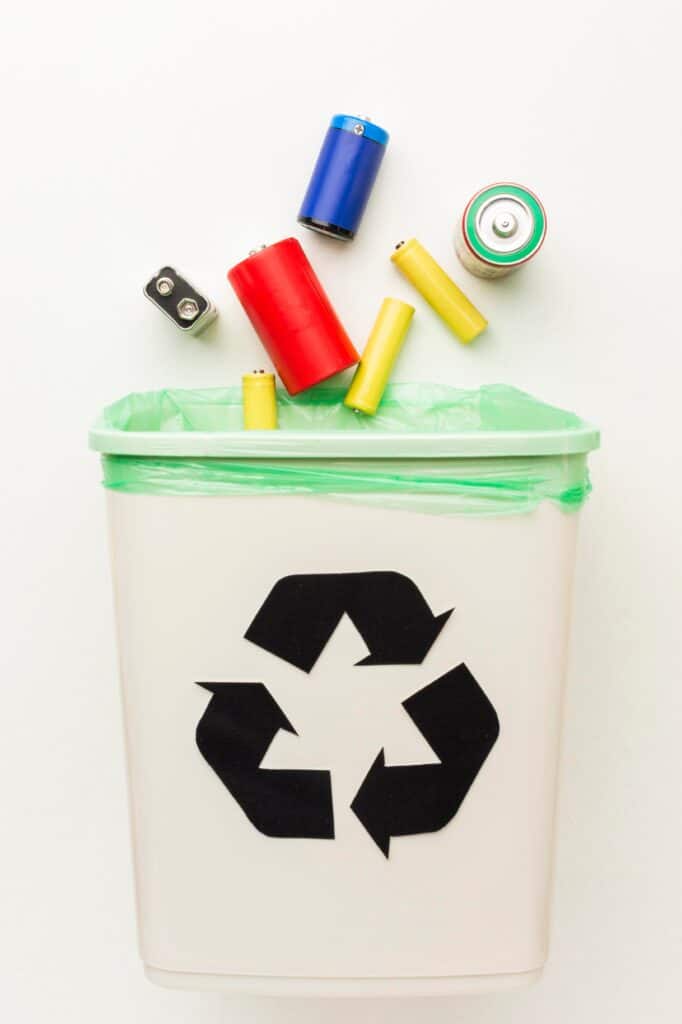Does your business need Hazardous Waste Disposal? Hazardous vs. Medical
Do you have waste that needs disposal? If so, understanding different types of waste is essential, especially hazardous waste. There needs to be more clarity regarding the differences between Hazardous waste and Medical Waste.
Hazardous waste and Medical Waste.
The EPA explains that “Hazardous waste is waste with properties that make it dangerous or capable of having a harmful effect on human health or the environment.”
There can be confusion between hazardous and medical waste, as medical waste is any waste that “is any kind of waste that contain infectious material (or material that’s potentially infectious).”
Hazardous waste can come in many forms, from solids, liquids, sludges, and gas. To help break down hazardous waste some examples of Hazardous waste include:
- Batteries with mercury
- Poisons and Medications
- Certain chemotherapy drugs
- Pesticides and herbicides
- Industrial by-product
- Fluorescent light bulbs
In addition to what falls under hazardous waste, many items may seem hazardous when they would not be eligible for hazardous waste disposal. Some of these excluded items from the EPA include :
- Used oil filters
- Spent chlorofluorocarbon refrigerants
- Agricultural waste
- Household hazardous waste
Mail vs. Pickup
Unfortunately, hazardous waste cannot take part in mail-back solutions, but it is possible to mail a variety of other wastes. It is important to note that some hazardous items can fall under universal waste. For example, batteries and lead vests that need to be disposed of fall under the category of universal waste and can participate in mail-back solutions.
If you are looking for a solution to your waste needs, research which sizing is correct for you.
Regarding hazardous waste disposal, it is essential to note that it is only eligible for pickup. It is vital to keep updated and know what your state and county regulations contain regarding hazardous waste.



